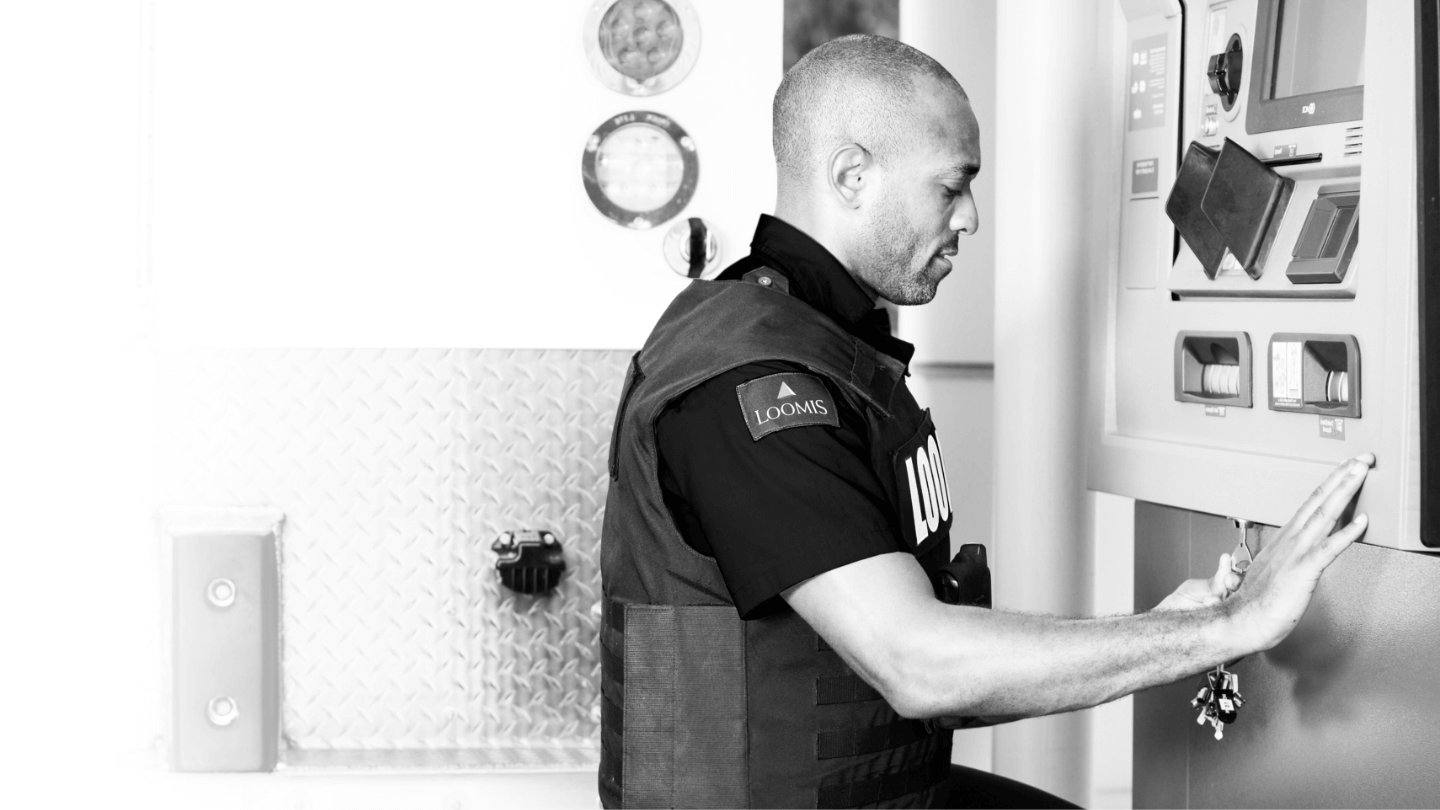Three Myths About Retail Cash Handling and Why They’re False

Many people believe we are moving toward a cashless society and that the future of payments is digital. However, it is important for retailers to understand the true use of cash by consumers when it comes to setting best practices for accepting payments. Below, we discuss three myths surrounding cash and discuss why retailers shouldn’t be so quick to dismiss cash payments.
Myth #1: People don’t pay with cash anymore
Cash is still a vital payment option. In fact, the Diary of Consumer Payment Choice, an annual research report conducted by the Federal Reserve, has recently released findings on consumer payment behavior from 2021, and cash accounts for 36 percent of all in-person transaction payments. Removing cash as a viable payment method would have severe consequences for consumers and businesses alike because it not only disenfranchises a large population that uses cash as their primary payment method, but it also limits the overall amount of consumers a business can sell to.
Myth #2: Cash is an expensive form of payment to accept
It is often said that cash is an expensive form of payment to accept. When it comes down to it, there are many additional costs and risks associated with other payment methods, that are non-existent with cash payments. Retailers should evaluate the costs and fees associated with credit card payments, potential data breaches, chargebacks, and check payments.
Myth #3: Poor/outdated cash handling practices don’t cost retailers
Retailers often overlook or don’t recognize the negative impact of outdated cash handling practices. Here are four ways poor cash handling negatively impacts retailers:
Increase cash discrepancies, shortages, and errors - Manual cash counting often requires two or more employees to verify totals. However, manual counting leads to increased cash discrepancies which cannot be easily rectified due to the lack of transparency into when the cash was counted and who handled it.
Increased labor costs - Manual cash handling can cost 60 minutes to 4 hours a day in labor depending on the size of the retail operation. In addition, the current labor environment, which is even more stretched thin because of the summer travel surge, has retailers investing in automation that will save time and money.
Increased security risk - When cash is openly handled and vulnerable there is an increased risk of both internal and external theft.
Misallocated resources - Time is one of a retailer’s most valuable resources, and manual cash handling ties up a lot of resources that instead could be applied to revenue-generating activities such as sales and customer service.
Don’t let these cash myths hurt your business. “The Ultimate Guide for Retail Cash Handling” will help you identify your store’s cash needs as well as areas of improvement to determine an appropriate cash handling solution that increases efficiency, reduces costs, mitigates risk, and increases transparency into overall cash operations. Download the new e-book today.
Find out how we can help with your cash management.
Contact Us